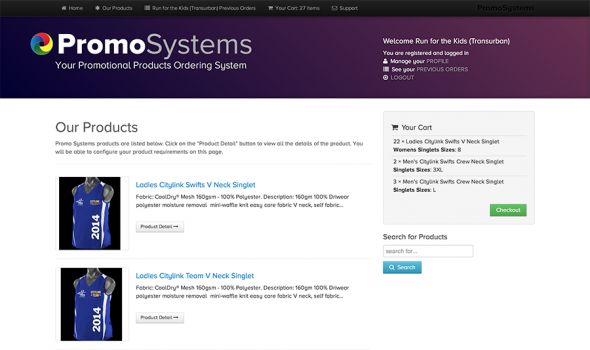
News: Craft CMS and Google Analytics
There are several best practices you can follow to ensure accurate tracking of website data and obtain valuable insights.
When using Google Analytics with Craft CMS, there are several best practices you can follow to ensure accurate tracking of website data and obtain valuable insights. Here are some tips:
1. Install Google Analytics correctly: Make sure to install the Google Analytics tracking code correctly on your Craft CMS website. The tracking code should be placed in the appropriate location within the HTML template files, typically in the head or body section, so that it loads on every page of your website.
2. Use Google Analytics plugins: Craft CMS has several plugins available that make it easy to integrate Google Analytics into your website, such as "Craft Google Analytics" or "GA for Craft CMS". These plugins provide additional functionality, such as allowing you to set up custom events or track specific interactions on your website, and simplify the process of adding the tracking code to your website.
3. Enable demographic and interest tracking: In your Google Analytics account, enable the demographic and interest tracking feature, which provides valuable insights about the age, gender, and interests of your website visitors. This information can help you better understand your audience and tailor your content and marketing efforts accordingly.
4. Set up goals and events: Use goals and events in Google Analytics to track specific actions or conversions on your website, such as form submissions, downloads, or purchases. This can help you measure the effectiveness of your website and marketing campaigns, and identify areas for improvement.
5. Implement proper URL tracking: Make sure to properly configure URL tracking in your Google Analytics account to ensure accurate reporting of traffic sources, campaigns, and referrals. Craft CMS allows you to set up custom routes and URLs, so it's important to ensure that these are properly tracked in Google Analytics to obtain accurate data.
6. Filter out internal traffic: Exclude traffic from internal IP addresses or traffic generated by website administrators, developers, or other internal users from your Google Analytics data. This can help you get a more accurate picture of your website's performance and eliminate any potential skew in your analytics data.
7. Regularly review and analyze data: Take the time to regularly review and analyze your Google Analytics data to gain insights about your website's performance, user behavior, and areas for improvement. Use the data to make informed decisions and optimize your website and marketing strategies accordingly.
By following these best practices, you can ensure that you are effectively utilizing Google Analytics with Craft CMS to gather valuable data and insights about your website's performance and make informed decisions to optimize your online presence.
Story Group News
- Craft CMS and caching
- Craft CMS and Algolia Search
- Craft CMS and Cloudflare
- Craft CMS and Google Analytics
- Recovering your website
- Craft CMS plugins
- Securing Craft CMS
- We love Craft Commerce
- Why we choose to use Craft CMS!
- Responsive Emails
- Design = Conversion
- Maton Guitars
- We are all in this together
- Build Once - Deliver Everywhere.
- ExpressionEngine









